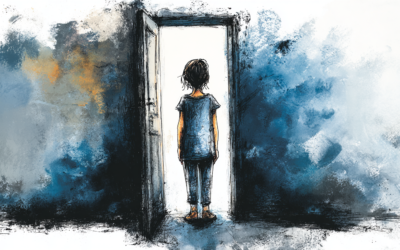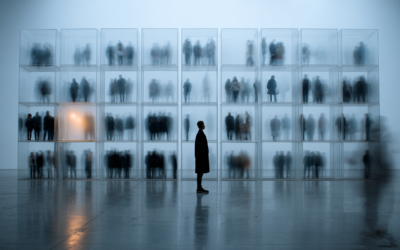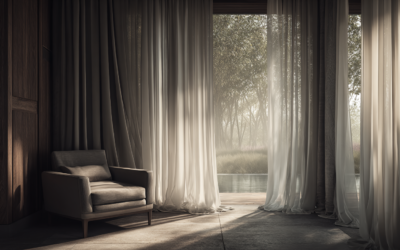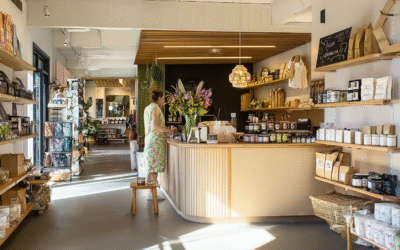 New research in from the US looks at what is called the “inhibition of return” which is a fancy way of saying our attention is less likely to return to objects or places we’ve already viewed.
New research in from the US looks at what is called the “inhibition of return” which is a fancy way of saying our attention is less likely to return to objects or places we’ve already viewed.
Research on inhibition isn’t new but what’s different about this study from Michael Dodd (University of Nebraska), Stefan Can der Stigchel (Utrecht Uni) and Andrew Hollingworth (University of Iowa) is that they studied whether this was different depending on the purpose of the viewing.
What they found was that if people were actively searching for something there was an inhibition of return. In other words people mentally check off an area as not needing to be looked at again. However, if people weren’t actively searching there is actually what they call a “facilitation of return” – meaning that people’s eyes actually move faster to previously fixated locations than to new locations.
What does any of this mean for retail? Well the main impact is in planned vs unplanned purchasing. If someone is walking into a store with a mental shopping list of things to purchase and hence are actively searching for those items, their eyes are less likely to go back to an area they’ve already searched. The implication of course is that they’re therefore less likely to look in that areas for other items not a subject of their active search.
Conversely, if people are not actively seeking something in particularly, their eyes are actually more likely to go back to an area they’ve already looked at – meaning that if you capture their attention say with a strong point of sale display and cluster brands you can get them to keep looking back.
So, if you’re laying out a store it suggests it may be best to seperate the planned vs unplanned items rather than cluster them – as has been previously suggested by some theorists.
Image : Retinafunk/Flickr
Article “Novelty is Not Always the Best Policy” Barbara Isanski Association for Psychological Science



